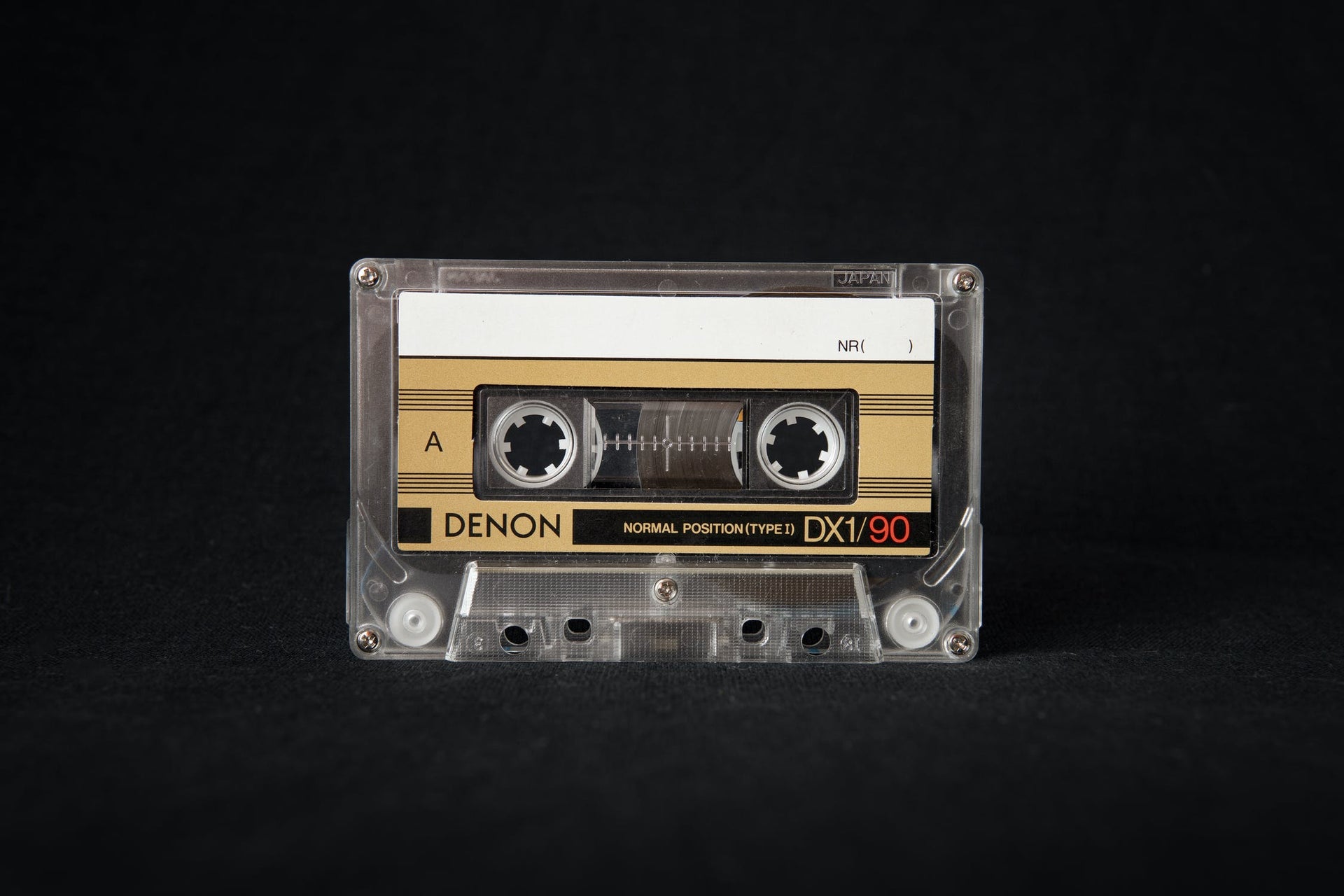Everyone (or at least those born before the millennium) knows what a cassette tape is. You know, that cute little rectangle that stored your grade school crush’s favorite radio jamz or your family’s home recordings.
But, while the device looks simple enough, how does it actually record? What’s it made of that gives it that capability?
Let’s dissect the cassette tape to figure out just what’s going on inside the little geometric device.
Magnetic recording
When it comes to audio magnetic recording systems, there are two parts – the recorder/playback device and the tape itself.
With a little help from chemistry, the tape is overall pretty simple. It’s consists of a coating of ferric oxide (Fe2O3) powder bonded to a thin plastic base. There’s typically a lubricant as well to avoid wearing out the recorder – vital for longevity.
Crazy enough, Iron oxide (FeO) is the red rust we commonly see on old metal parts and ferric oxide (or maghemite) is another oxide derived from iron. This is important because this particular oxide when exposed to a magnetic field will permanently magnetize. In the case of a cassette tape, it gives it all the features it needs to:
- Record anything you want instantly and that the tape will then remember what you recorded for future playbacks
- Erase the tape at any time with the ability to re-record something else
Obviously, there’s a lot more detail behind the idea of electromagnetic flux to the oxide on the tape, but the general gist is that the motion of the tape being pulled across the magnetic field creates a varying magnetic field in the core and a signal in the coil. That signal is then amplified via your sound systems speakers.
The guts and stuff
Now that you know that magnetism and chemistry come into play, what exactly is the cassette tape comprised of? What are the internal components behind the audio we hear?
Well, a translucent cassette tape is all you really need to see the magic of the cassette tape’s insides. They consist of:
- Two spools and a long piece of tape (443 feet of tape for a 90-minute cassette)
- Two rollers/spindles
- Two halves of a plastic outer shell with some holes and cutouts. These hook the cassette into the drive
- One tiny felt pad that acts as a record stop/playback head.
Magnetism over time
So, magnetism is obviously critical to your tapes recording and playback, right? Well, it’s also critical to the longevity of your cassette tapes. Why? Because over time that magnetic tape tends to degrade, and as a result, your audio playback can be compromised.
But don’t fret!
That’s the beauty of digitizing your old cassette stash. Convert your old analog recordings to the 21st century. That way you can always relive your favorite homemade audio moments without worrying whether your tapes are slowly degrading on you. Simply send in your favorite cassettes – bootlegs, mixtapes, home recordings, you name it – and we can digitize theme for you.
The cassette tape may be obsolete but your memories don’t have to be!















